:max_bytes(150000):strip_icc()/what-does-it-feel-like-to-get-high-on-acid-21886-v1-5c0192cfc9e77c00017275e7.png) Understanding the Acid Trip Experience
Understanding the Acid Trip ExperiencePortland State University, The Ohio State University It doesn't matter what you are. doing--solving the task, playing a video game, just choosing a shirt--all Your actions and decisions are related to your consciousness. But as often as we do Use it, have you ever stopped to ask yourself: What is consciousness? In this module, we discuss the different levels of consciousness and how they can affect your behavior in a variety of situations. In addition, we explore the role of consciousness in others, "alterated" states like hypnosis and sleep. Consciousness States Learning objectives Introduction Have you ever had a motorist companion arrested by your side in a red light, chanting his brains, or collecting his nose, or otherwise acting in ways that he could not normally do in public? There's something about being alone in a car that encourages people to go out to the area and forget that others can see them. Although these little care gaps are fun for the rest of us, they are also instructive when it comes to the issue of consciousness. is a term intended to indicate consciousness. It includes the consciousness of the self, of bodily sensations, of thoughts and of the environment. In English, we use the opposite word "unconscious" to indicate the foolishness or a barrier to consciousness, as in the case of "Theresa fell from the staircase and hit her head, hitting herself unconscious." And yet, theory and psychological research suggest that consciousness and unconsciousness are more complicated than falling from a staircase. In other words, consciousness is more than being "in" or "off". For example, Sigmund Freud (1856 – 1939) — a psychological theorist— understood that even while we are awake, many things are out of the realm of our conscious consciousness (such as being in the car and forgetting the rest of the world can see in their windows). In response to this notion, Freud introduced the concept of "subconscious" () and proposed that some of our memories and even our basic motivations are not always accessible to our conscious minds. In reflecting, it is easy to see how slippery the consciousness of a subject is. For example, are people aware when they are dreaming? And when are they drunk? In this module we will describe various levels of consciousness and then discuss altered states of consciousness such as hypnosis and sleep. Levels of Consciousness In 1957, a marketing researcher inserted the words "Eat Popcorn" in a frame of a film that is shown in all the United States. And even though that frame was only projected on the cinema screen during the 24th of a second—a speed too fast to be perceived by consciousness—the researcher reported an increase in sales of popcorn by nearly 60%. Almost immediately, all forms of "subliminal machining" were regulated in the United States and banned in countries such as Australia and the United Kingdom. Although it was later proved that the researcher had formed the data (he had not even inserted the words in the film), this fear of influences persists in our subconscious. In his heart, this theme faces several levels of consciousness against each other. On the one hand, we have the "low consciousness" of subtle, even subbliminal influences. On the other hand, there are you—conscious thinking, feeling that includes everything you are currently aware of, even reading this phrase. However, when we consider these different levels of consciousness separately, we can better understand how they work. Low consciousness You are constantly receiving and evaluating sensory information. Although every moment has too many points of view, smells and sounds so that all are consciously considered, our brains are processing all that information. For example, have you ever been at a party, overwhelmed by all people and conversation, when you hear your name called out of nowhere? Although you have no idea what the person is saying, somehow you are aware of your name (more so, "the effect of the cocktail party", see the Noba Module in Attention). So, even though you may not be aware of several stimuli in your environment, your brain is paying more attention than you think. Similar to a reflection (like jumping when you are scared), a certain sensory information, or significant, will automatically generate an answer from us even though we never consciously perceive it. For example, Öhman and Soares () measured subtle variations in the sweat of participants in fear of snakes. The researchers exhibited images of different objects (e.g. mushrooms, flowers and most important, snakes) on a screen in front of them, but they did it at speeds that left the participant meaningless as to what he or she had actually seen. However, when the images of the snake were flash, these participants began to sweat more (i.e. a sign of fear), although they had no idea what they had just seen! Although our brains perceive some stimuli without our conscious consciousness, do they really affect our thoughts and subsequent behaviors? In a historical study, participants had solved a word-seeking puzzle in which the answers referred to the words about the elderly (e.g., "old", "grandma") or something random (e.g., "notebook", "tomato". Afterwards, the researchers secretly measured how fast the participants walked through the hallway coming out of the experiment. And although none of the participants were aware of a theme for the answers, those who had solved a puzzle with advanced old words (vs. those with other words) walked more slowly down the hallway! This effect is called (i.e., "activate" easily certain concepts and associations of one's memory) has been found in several other studies. For example, the priming of people by taking them from a hot glass (vs. a cold) resulted in more "hot" to others (). Although all of these influences occur under one's consciousness, they still have a significant effect on subsequent thoughts and behaviors. In the last two decades, researchers have advanced in the study of aspects of psychology that exist beyond conscious consciousness. As you can understand, it is difficult to use self-reports and surveys to ask people about the reasons or beliefs that they themselves cannot even be aware of! A way to delay this difficulty can be found in the , or IAT (). This research method uses computers to evaluate people's reaction times to various stimuli and is a very difficult test to counterfeit because it records automatic reactions that occur in milliseconds. For example, to shed light on deep-held biases, IAT could present photographs of Asian caucasian faces and faces while asking research participants to click on buttons indicating "good" or "bad" as soon as possible. Even if the participant clicks on "good" for each face shown, the IAT can still collect tiny delays in responding. Delays are associated with more mental effort needed to process the information. When the information is processed quickly, as in the example of white faces that are judged as "good", it can be contrasted with slower processing, as in the example of Asian faces that are judged as "good" and the difference in processing speed is a reflection of prejudice. In this regard, IAT has been used to investigate stereotypes () as well as self-esteem (). This method can help you discover unconscious bias, as well as those that we are motivated to suppress. High consciousness Just because we can be influenced by these "invisible" factors does not mean that we are undefensively controlled by them. The other side of the continuum of consciousness is known as "high consciousness". This includes strong attention and careful decision. For example, when you hear a funny story on a date, or consider what class schedule would be preferable, or complete a complex problem of mathematics, you are involving a state of consciousness that allows you to be highly aware and focused on particular details in your environment. is a state of higher consciousness that includes a consciousness of thoughts that pass through one's head. For example, have you ever bothered someone in frustration, just to take a moment and reflect on why you have responded so aggressively? This most effective consideration of your thoughts could be described as an expansion of your conscious consciousness while taking the time to consider the possible influences on your thoughts. The research has shown that when involved in this more deliberate consideration, you are less persuaded by irrelevant but biased influences, such as the presence of a celebrity in an advertisement (). The higher consciousness is also associated with recognizing when using a stereotype, rather than properly evaluating another person (). Humans alternate between low- and high-thinking states. That is, we change between focused attention and a less attentive default sate, and we have neuronal networks for both (). Curiously, the less we are paying attention, the more likely we will be influenced by unconscious stimuli (). Although these subtle influences can affect us, we can use our more conscious consciousness to protect ourselves against external influences. In what is known as the (), people who are aware that their thoughts or behavior are being influenced by an undue, external source can correct their attitude against bias. For example, you might be aware that you are influenced by the mention of specific political parties. If you were motivated to consider a government policy, you may take into account your own prejudices to try to consider politics in a fair way (in your own merit rather than being attached to a particular party). To help clarify the relationship between the lower and higher consciousness, imagine that the brain is like a journey through a river. With little awareness, simply float in a small rubber raft and let currents push you. It's not very hard to just move on, but you also don't have full control. Higher states of consciousness are more like traveling in a canoe. In this scenario, you have a palette and can direct, but it requires more effort. This analogy applies to many states of consciousness, but not to all. What about other states like sleeping, dreaming or hypnosis? How are these related to our conscious consciousness? Other states of consciousnessHypnosis If you have ever seen a stage hypnotist work, you can paint a deceptive portrait of this state of consciousness. The hypnotized people on stage, for example, seem to be in a dreamlike state. However, as the hypnotist continues with the show, he would recognize some deep differences between sleep and hypnosis. I mean, when you're asleep, hearing the word "fresh" doesn't make you flatter your arms like a chicken. In stage performances, the hypnotized participants seem to be highly suggestive, to the point that they are apparently under the control of the hypnotist. Such performances are entertained but have a way of sensationalizing the true nature of the hypnotic states. Hypnosis is a real and documented phenomenon, one that has been studied and discussed for more than 200 years (). Franz Mesmer (1734 – 1815) is often credited as one of the first to "discover" hypnosis, which used to treat members of elite society who were experiencing psychological distress. It is the name of Mesmer that we receive the English word, "memerize" which means "to the entrance or to transfix a person's attention." Mesmer attributed the effect of hypnosis to "animal immanism", a supposed universal force (similar to gravity) that operates through all human bodies. Even at that time, such a tale of hypnosis was not scientifically backed, and Mesmer himself was often the center of the controversy. Over the years, researchers have proposed that it is a mental state characterized by a less peripheral consciousness and a greater focus on a singular stimulus, which gives rise to greater susceptibility to the suggestion (). For example, the hypnotist will generally induce hypnosis by getting the person to pay attention only to the hypnotist's voice. As the individual increasingly focuses on that, he begins to forget the context of the environment and responds to the hypnotist's suggestions as if they were his. Some people are naturally more suggestive, and therefore more "hypnotizable" than others, and this is especially true for those who mark high in empathy (). A common "trick" of hypnotists is to rule out volunteers who are less suggestive than others. is the separation of consciousness from one of all, besides what one is centrally focused on. For example, if you've ever been dreaming in class, you're probably so trapped in the fantasy that you didn't hear a word the teacher said. During hypnosis, this dissociation becomes even more extreme. That is, a person is so focused on the words of the hypnotist who loses the perspective of the rest of the world around them. As a result of dissociation, a person is less working and less self-conscious in consideration of his own thoughts and behaviors. Similar to the states of low consciousness, where one often acts on the first thought that comes to mind, so, also, in hypnosis the individual simply follows the first thought that comes to mind, that is, the suggestion of the hypnotist. However, only because one is more susceptible to suggestion under hypnosis does not mean that he will do anything that is ordered. To be hypnotized, you must first want to be hypnotized (i.e., you cannot be hypnotized against your will; ), and once you are hypnotized, you will not do anything you would not do while you were in a more natural state of consciousness (). Today, it is still used in a variety of formats, and has evolved from Mesmer's early tinkering with the concept. Modern hypnotherapy often uses a combination of relaxation, suggestion, motivation and expectations to create a desired mental or behavioral state. Although there are mixed tests on whether hypnotherapy can help with reducing addiction (e.g. quit smoking; ) there are some evidence that it can succeed in treating acute and chronic pains (; ). For example, a study examined the treatment of patients burnt with hypnotherapy, pseudo-hypnosis (i.e. a placebo condition), or no treatment at all. Then, even though people in placebo condition experienced a decrease of 16% of the pain, those in the condition of actual hypnosis experienced a reduction of almost 50% (). Therefore, although hypnosis can be sensationalized for television and movies, its ability to dissociate a person from their environment (or their pain) in conjunction with a greater suggestion to a doctor's recommendations (e.g., "you will feel less anxiety about your chronic pain") is a documented practice with real medical benefits. Now, similar to the hypnotic states, they also imply a dissociation of the self; however, it is said that people in a trance state have less voluntary control over their behaviors and actions. Trance states often occur in religious ceremonies, where the person believes he is "possed" by a being or force of another world. While in trance, people report anecdotes of a "higher consciousness" or communion with greater power. However, the research body investigating this phenomenon tends to reject the claim that these experiences constitute an "altered state of consciousness". Most researchers today describe both hypnosis and trance states as subjective alterations of consciousness, not a really different or evolved form (). As you feel different when you are in a state of deep relaxation, so, too, they are hypnotic states and trance simply change from standard conscious experience. Researchers argue that although both the hypnotic and trance states appear and feel wildly different from normal human experience, they can be explained by standard socio-cognitive factors such as imagination, expectation and interpretation of the situation. SleepYou may have experienced the feeling - as you are sleeping - of falling and then found physically groaning forward and grasping as if you were actually falling. Sleep is a unique state of consciousness; it lacks full consciousness, but the brain remains active. People usually follow a biological clock that impacts when they naturally become drowsy, when they fall asleep, and the time they naturally wake up. The hormone increases at night and is associated with sleep. Its natural daily rhythm, or , can be influenced by the amount of daylight to which it is exposed, as well as its working schedule and activity. Changing your location, like flying from Canada to England, can interrupt your natural sleep rhythms, and we call it. You can overcome jet lag by synchronizing yourself with local time exposing yourself in the light of the day and forcing yourself to stay awake even though you are naturally drowsy. Curiously, the dream itself is more than turning off for the night (or for a nap). Instead of turning off as a light with a touch of a switch, your change in consciousness is reflected in the electrical activity of your brain. While you are awake and alert your brain activity is marked by beta waves. Beta waves are characterized by being high in frequency but low in intensity. In addition, they are the most inconsistent brain wave and this reflects the wide variation of the sensory input that a person processes during the day. When you start relaxing these changes to alpha waves. These waves reflect less frequent, more consistent and intense brain activity. While you slip into real sleep, you go through many stages. Academics differ in how they characterize the stages of sleep with some experts who argue that there are four different stages (), while others recognize five () but all distinguish between those who include the rapid movement of the eye (REM) and those who are non-fast eye movement (NREM). In addition, each stage is characterized by its own unique pattern of brain activity: Dreams are possibly the most interesting aspect of sleep. Throughout history dreams have been given special importance due to their unique, almost mystical nature. They have thought that they are predictions of the future, indications of hidden aspects of self, important lessons on how to live life, or opportunities to participate in impossible facts such as flying. There are several theories of why humans dream. One is that it is our unconscious attempt to make sense of our daily experiences and learning. Another, popularized by Freud, is that dreams represent taboo or problematic desires or desires. Regardless of the specific reason we know some facts about dreams: all humans dream, we dream at every stage of sleep, but dreams during the REM sleep are especially vivid. An unexplored dream research area is the possible social functions of dreams: we often share our dreams with others and use them for the value of entertainment. Sleep serves many functions, one of which is to give us a period of mental and physical restoration. Children usually need more sleep than adults since they develop. It is so vital, in fact, that sleeplessness is associated with a wide range of problems. People who do not receive proper sleep are more irritable, have a slower reaction time, have more difficulty sustaining attention and making poorer decisions. Curiously, this is a relevant subject for the lives of university students. In a highly cited study researchers found that 1 in 5 students took more than 30 minutes to sleep at night, 1 in 10 occasionally took sleeping medications, and more than half reported being "mainly tired" in the mornings (). Psychoactive drugs On April 16, 1943, Albert Hoffman, a Swiss chemist working in a pharmaceutical company, accidentally ingested a newly synthesized drug. The medication, the dithylimide lysergic acid (LSD) turned out to be a powerful hallucinogen. Hoffman went home and then reported the effects of the drug, describing them as seeing the world through a "chained mirror" and experiencing visions of "extraordinary forms with an intense and caleidoscopic color game". Hoffman had discovered what members of many traditional cultures around the world already knew: there are substances that, when ingested, can have a powerful effect on perception and consciousness. Medicines operate in human physiology in various ways and researchers and doctors tend to classify drugs according to their effects. Here we will briefly cover 3 categories of drugs: hallucinogens, depressants and stimulants. Alucinogens It is possible that hallucinogens are the substance that has historically been most widely used. Traditional societies have used plant-based hallucinogens such as peyote, ebene and psilocybin fungi in a wide range of religious ceremonies. are substances that alter a person's perceptions, often creating visions or hallucinations that are not real. There is a wide range of hallucinogens and many are used as recreational substances in industrialized societies. Common examples include marijuana, LSD and MDMA (also known as "ecosis"). Marijuana is the dried flowers of the hemp plant and is often smoked to produce. The active ingredient in marijuana is called THC and can produce distortions in the perception of time, can create a sense of agitating, unrelated thoughts, and sometimes it is associated with increasing hunger or excessive laughter. The use and possession of marijuana is illegal in most places, but it seems to be a trend that is changing. Uruguay, Bangladesh and several United States have recently legalized marijuana. This may be due, in part, to the modification of public attitudes or to the fact that marijuana is increasingly used for medical purposes such as nausea management or glaucoma treatment. Depressants are substances that, as their name suggests, slow down the physiology and mental processes of the body. Alcohol is the most used depressive. The effects of alcohol include reducing inhibition, which means that intoxicated people are more likely to act in a way than otherwise would be reaciated. The psychological effects of alcohol are the result that GABA neurotransmitter increases. There are also physical effects, such as loss of balance and coordination, and these are derived from the way alcohol interferes with the coordination of the visual systems and engines of the brain. Although alcohol is so widely accepted in many cultures, it is also associated with a variety of dangers. First, alcohol is toxic, which means it acts as a poison because it is possible to drink more alcohol than the body can effectively remove from the bloodstream. When the person reaches .3 to .4% there is a serious risk of death. Second, lack of judgment and physical control associated with alcohol is associated with more risk of taking dangerous behavior or behavior such as drunk driving. Finally, alcohol is addictive and heavy drinkers often experience significant interference in their ability to work effectively or in their close relationships. Other common depressants include opiates (also called "narcotics"), which are synthesized substances of the poppy flower. Opiates stimulate the production of endorphin in the brain and because of this they are often used as analgesics by medical professionals. Unfortunately, because opiates like Oxycontin produce euphoria in such a reliable way, they are increasingly used as recreational substances. The opiates are highly addictive. Stimulants are substances that "accelerate" the physiological and mental processes of the body. Two common-use stimulants are caffeine, the drug found in coffee and tea, and nicotine, drug active in cigarettes and other tobacco products. These substances are both legal and relatively cheap, leading to their widespread use. Many people are attracted to stimulants because they feel more alert when they are under the influence of these drugs. As with any medication, there are health risks associated with consumption. For example, excessive consumption of these types of stimulants can result in anxiety, headaches and insomnia. Similarly, smoking cigarettes—the most common means of swallowing nicotine—is associated with increased cancer risks. For example, 90% of lung cancer among heavy smokers is directly attributable to smoking (). There are other stimulants such as cocaine and methamphetamine (also known as "glass screen" or "ice") that are commonly used illegal substances. These substances act by blocking the "re-intake" of dopamine in the brain. This means that the brain does not naturally clean dopamine and accumulates in synapsis, creating euphoria and alertness. As the effects are worn, it stimulates strong cravings for more of the drug. Because of this these powerful stimulants are highly addictive. Conclusion When you think of your daily life it is easy to get attracted to the belief that there is an "adjustment" for your conscious thinking. I mean, you probably think you have the same opinions, values and memories all day and all week. But "you" is like a hammer switch in a light that can be turned from full darkness increasingly into full shine. This switch is consciousness. In your brighter environment you are fully alert and conscious; in hammer settings you are dreaming day; and sleep or be knocked unconscious still represent hammer configuration. The degree to which you are in high, medium or low consciousness states affect how susceptible you are to persuasion, how clear your judgment is, and how much detail you can remember. Understanding levels of consciousness, then, is the center of understanding how we learn, decide, remember and many other vital psychological processes. External Resources QuestionsVocabularyReferencesAuthors Creative Commons Licence How to cite this Noba module using APA StyleYou have forgotten your password?
COVID-19 Update We are experiencing a volume of extremely high calls related to the interest of the COVID-19 vaccine. Please understand that our phone lines should be clear for urgent medical care needs. We cannot accept phone calls to schedule COVID-19 vaccines at this time. When this changes, we will update this website. Please know that our supply of vaccines is extremely small. Read all . Silence Silence Silence Silence Popular searchesThe Truth Behind the High Rinner and Other Mental Benefits of CorrerReviewed by: You may have experienced this — that relaxing feeling after a good career. It is often known as "the high runner," the experience is usually attributed to an explosion of endorphins released during the exercise. But is it really an endorphin rush that you're feeling, or something else?, a neuroscience professor at Johns Hopkins University School of Medicine, breaks down the phenomenon of high effects and others that run has in the brain. What happens to your body — and brain — during a careerWhen you start running, your body passes through a transition: Your breathing may become heavy, and you may notice that your pulse accelerates while your heart pumps harder to move oxygenated blood to your muscles and brains. By hitting your stirrup, your body releases hormones called endorphins. The popular culture identifies them as the chemicals behind "the top of the corridor", a short and profoundly euphoric state after intense exercise. Surveys have revealed that the corridor is high to be quite rare, however, with a majority of athletes never experience it. "In fact, many distance runners feel simply drained or even nauseous at the end of a long career, not blissful," says Linden. And although endorphins help prevent muscles from feeling pain, it is unlikely that endorphins in the blood will contribute to an euphoric feeling, or any change of humor at all. Research shows that endorphins do not pass the blood brain barrier. That relaxed feeling after the operation can be due instead to endocannabinoids: biochemical substances similar to cannabis but naturally produced by the body. Exercise increases endocannabinoid levels in the bloodstream, explains Linden. Unlike endocannabinoids, endocannabinoids can easily move through the cell barrier by separating the bloodstream from the brain, where these neuromodulators that promote mood promote short-term psychoactive effects such as reduced anxiety and feelings of calm.7 Exercise Heart BenefitsBeing based on how physical activity benefits your heart can be a strong motivation to move more. This is what needs to be known. Long-term Mental Benefits of Exercise Mental benefits do not stop when you finish your career, regular cardiovascular exercise can cause the growth of new blood vessels to nourish your brain. Exercise can also produce new brain cells in certain places through a process called neurogenesis, which can lead to a general improvement in brain performance and prevent cognitive impairment. "The exercise has a dramatic antidepressant effect," says Linden. "Impress the brain's response to physical and emotional stress." In addition, hippocampus—the part of the brain associated with memory and learning—has been found to increase the volume in the brains of regular exercises. Other mental benefits include: By running or running (or any aerobic exercise) a regular part of your routine, you are to gain more than physical gain over time. "Volunteer exercise is the best thing to do to curb the cognitive deterioration that accompanies normal aging," says Linden. Find Additional Treatment Centers in:RelatedRelated6 Healthy Heart Supplements Tips for Managing Stress Feeding Benefits of having a healthy relationship with chocolate-related issues
:max_bytes(150000):strip_icc()/what-heroin-effects-feel-like-22047-5bbcd1b1c9e77c00517c2505.png)
The Feeling of Getting High on Heroin:max_bytes(150000):strip_icc()/cocaine-high-012-5a59243f7bb28300378bc666.jpg)
Understanding the Feelings of a Cocaine High
Euphoria - Wikipedia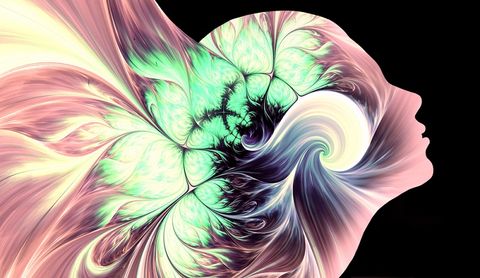
Most People Don't Actually Feel Euphoric When They Take Opioids, Study Finds | Live Science
Death: can our final moment be euphoric?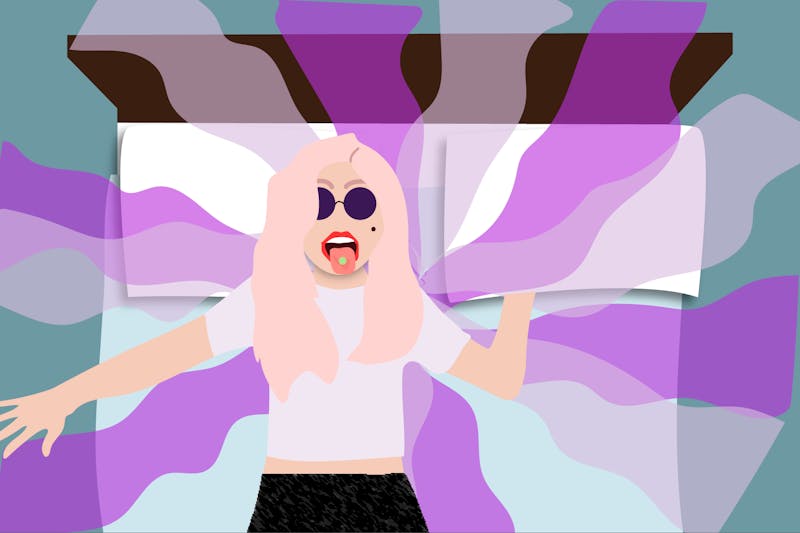
Euphoria, Anxiety, and Intensity: The Reality of a MDMA Trip | 34th Street Magazine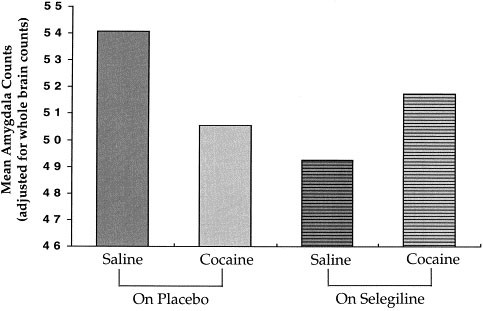
Selegiline Effects on Cocaine-Induced Changes in Medial Temporal Lobe Metabolism and Subjective Ratings of Euphoria | Neuropsychopharmacology
A Guide To Runner's High: The Science And Experience | Polar Blog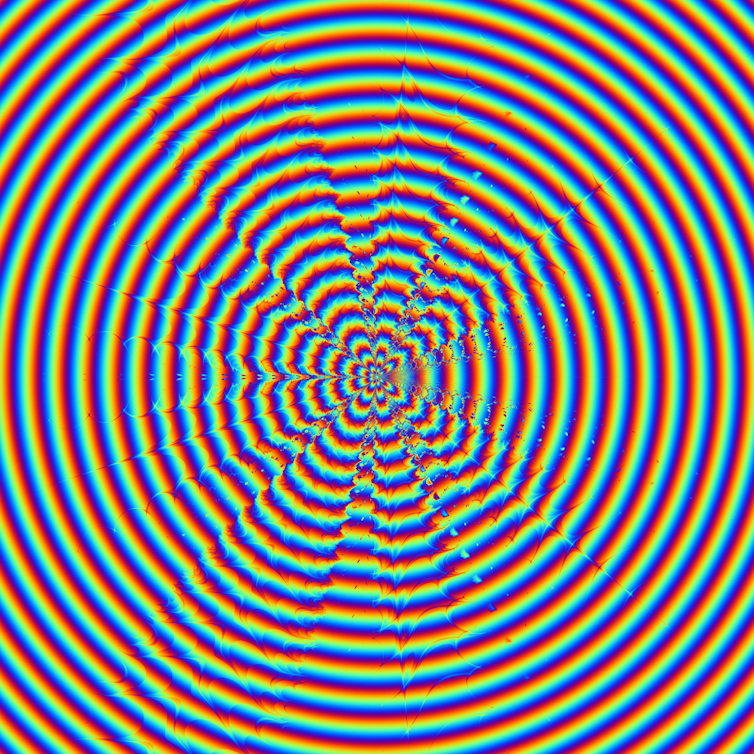
Death: can our final moment be euphoric?
How CBD Blocks THC Euphoria Explained
Euphoria (American TV series) - Wikipedia
Why Euphoria Feels So Real, Even When It Isn't Realistic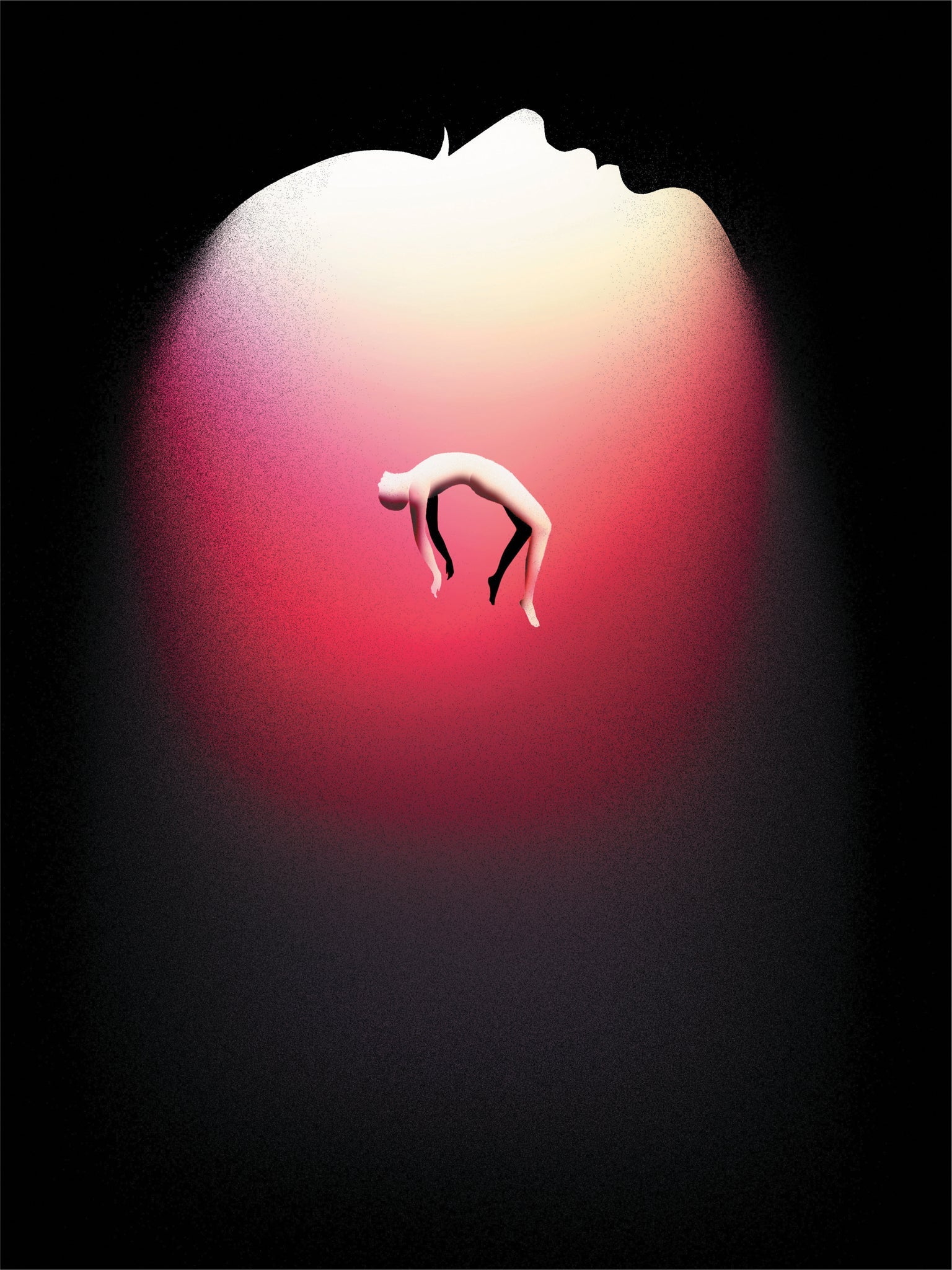
What Near-Death Experiences Reveal about the Brain - Scientific American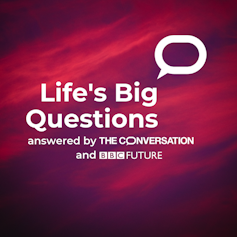
Death: can our final moment be euphoric?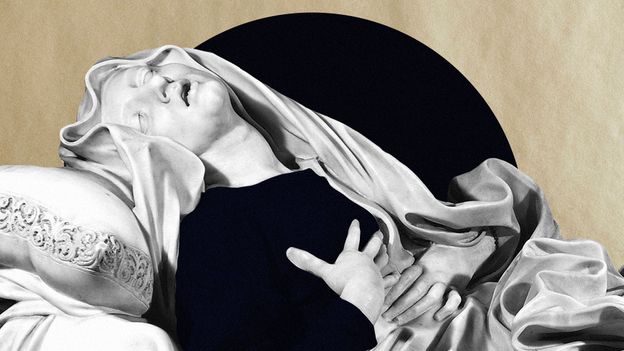
Death: can our final moment be euphoric? - BBC Future
Daily chart - Money buys happiness, but euphoria comes dear | Graphic detail | The Economist
Euphoria' Season Finale Explained | Hollywood Reporter
An fMRI study on runner's high and exercise-induced hypoalgesia after a 2-h-run in trained non-elite male athletes | Request PDF
Anatomically distinct dopamine release during anticipation and experience of peak emotion to music | Nature Neuroscience
A Test of Lindesmith's Theory of Addiction: The Frequency of Euphoria Among Long-Term Addicts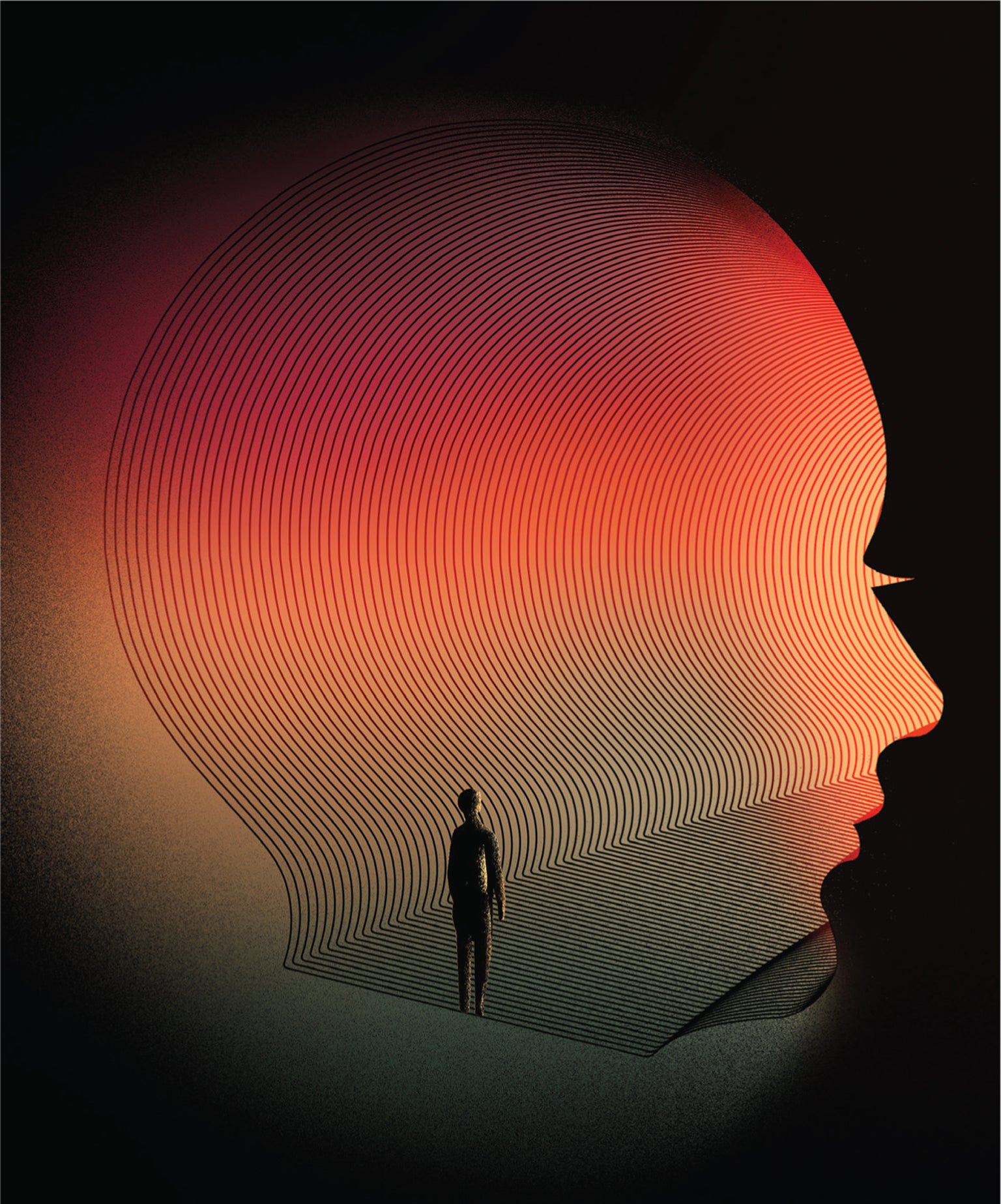
What Near-Death Experiences Reveal about the Brain - Scientific American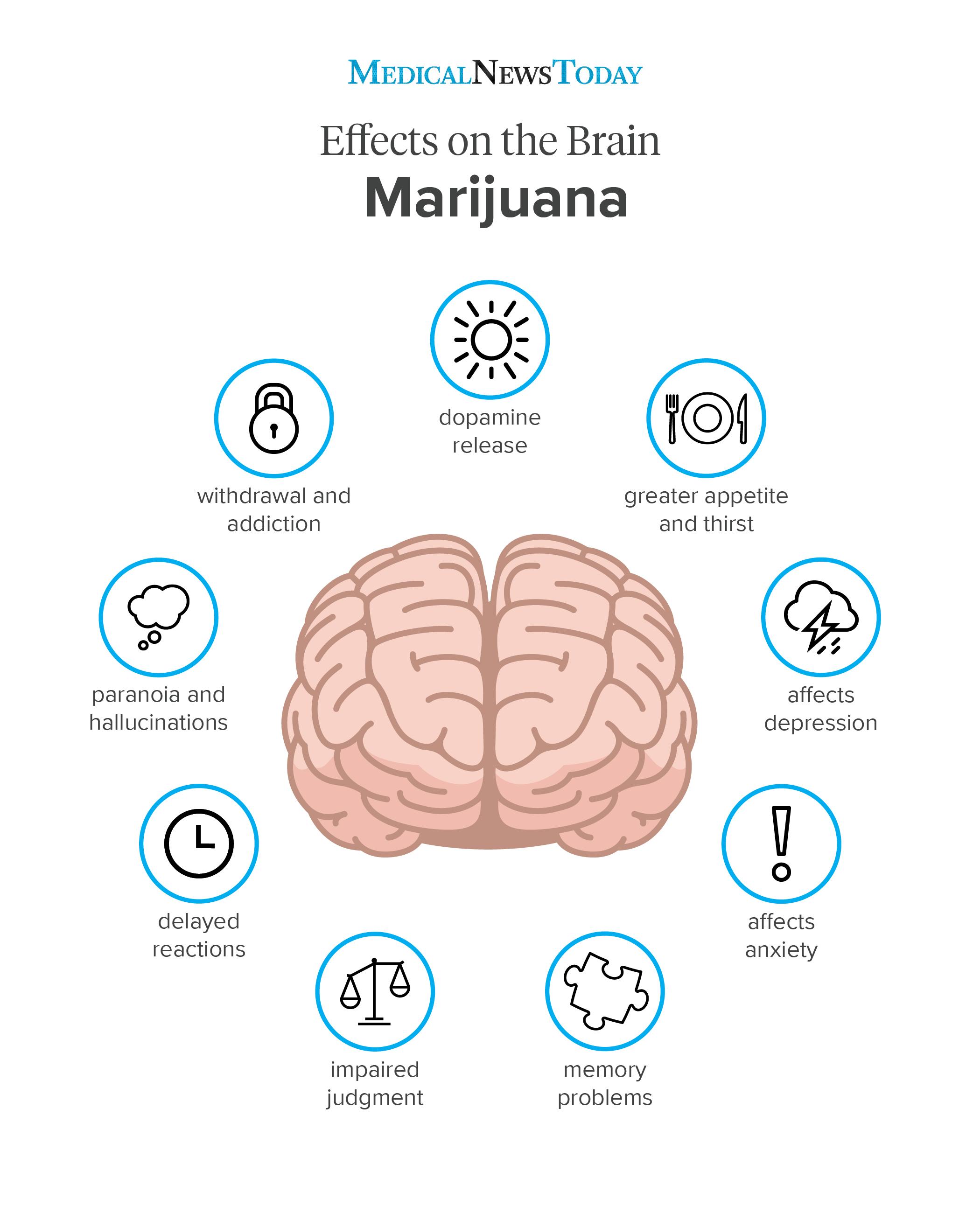
Marijuana high: Strains, smoking, vaping, and edibles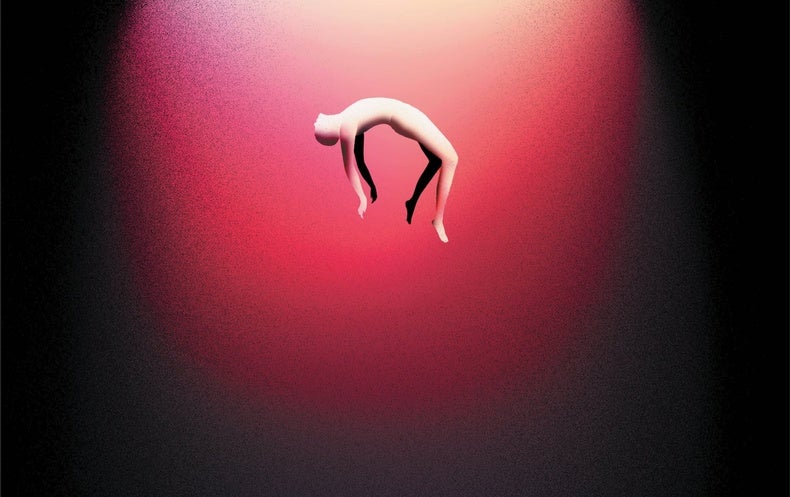
What Near-Death Experiences Reveal about the Brain - Scientific American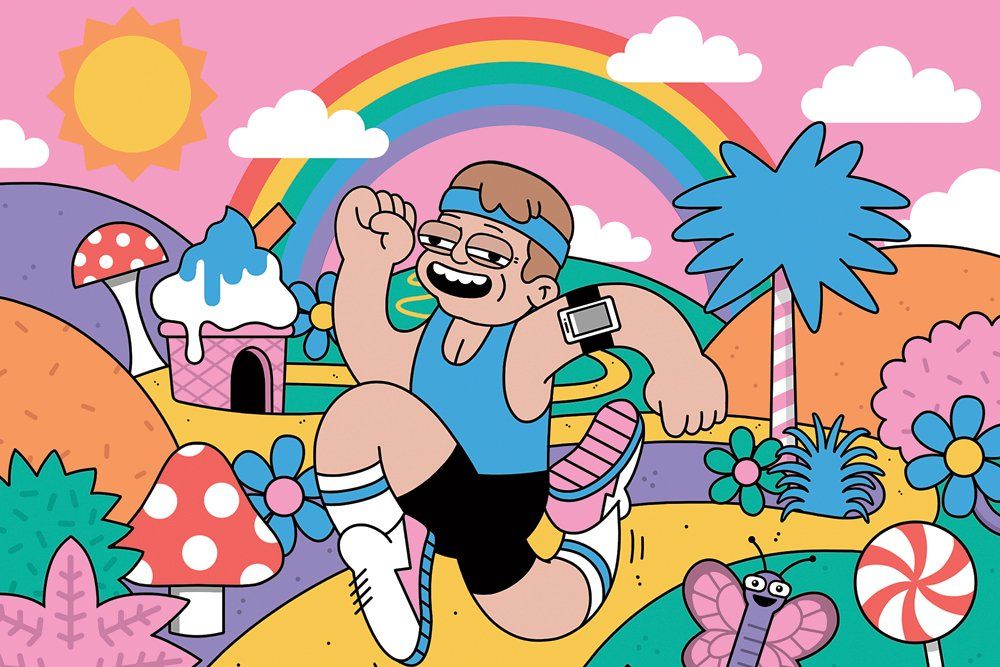
Runner's High - How You Can Achieve This High While Running![Review:]()
Review: "Euphoria" and the Flawed Art of Gen Z Prophesying | The New Yorker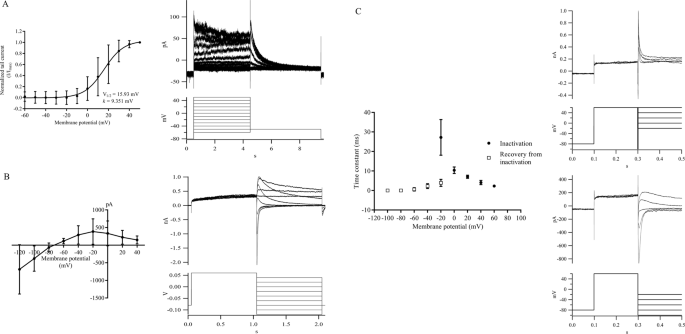
Mitragynine, an euphoric compound inhibits hERG1a/1b channel current and upregulates the complexation of hERG1a-Hsp90 in HEK293-hERG1a/1b cells | Scientific Reports
A Theory of Limited Metabolic Energy and Premenstrual Syndrome Symptoms: Increased Metabolic Demands during the Luteal Phase Div
UNOFFICIAL TRANSLATION Written statement by the delegation of Equatorial Guinea before the plenary session of the Committee for
Neurobiologic Advances from the Brain Disease Model of Addiction | NEJM
Relationship Addiction: What It Really Means![Frontiers | Investigating the]()
Frontiers | Investigating the "Flow" Experience: Key Conceptual and Operational Issues | Psychology
Watching ASMR Videos Can Feel So Good, But What's The Science Behind Them? : Shots - Health News : NPR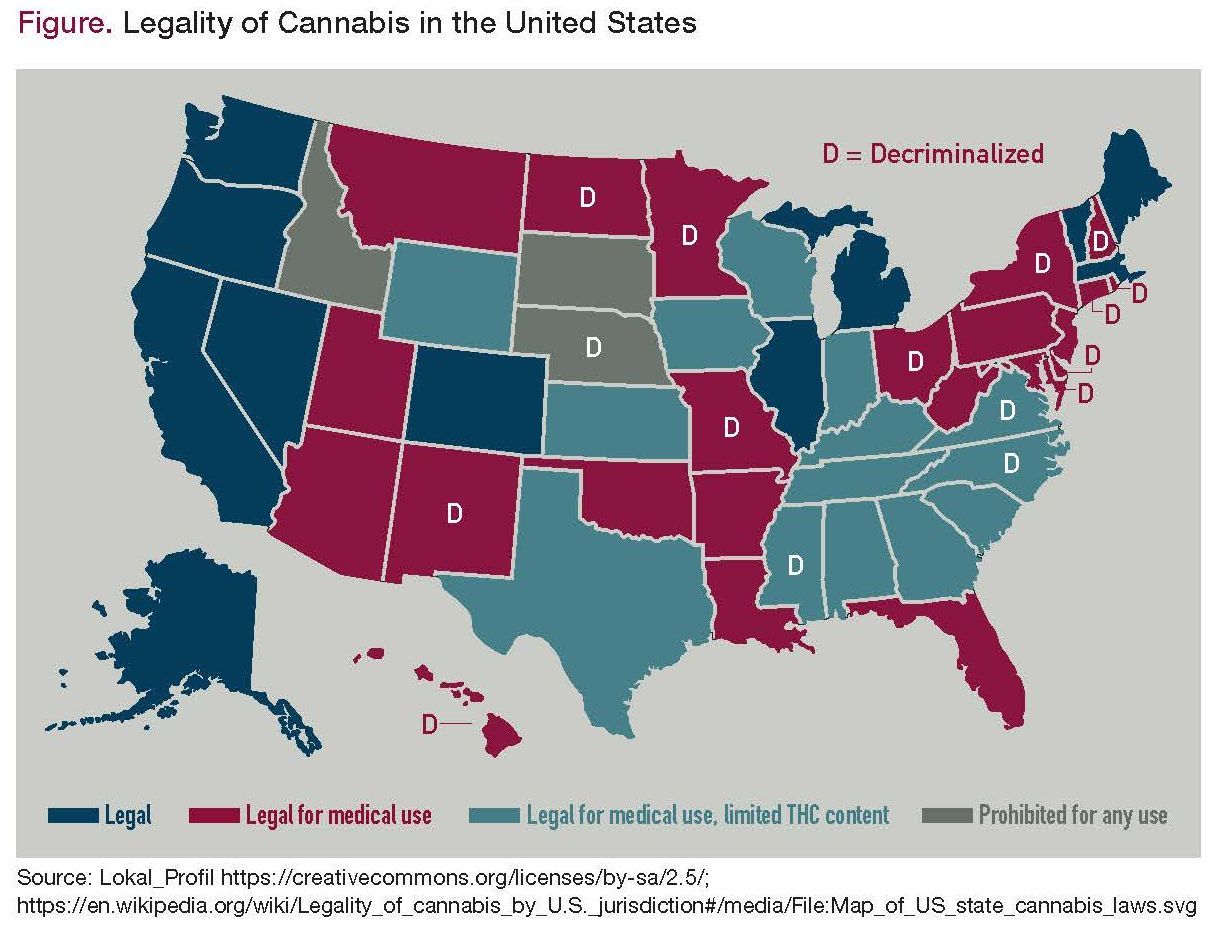
Between Stoned and a Hard Place? Navigating Cannabis Medicolegal Issues
QUESTION 7 Which of the following would be experienced during a euphoric high? feelings of - Brainly.com
A Guide To Runner's High: The Science And Experience | Polar Blog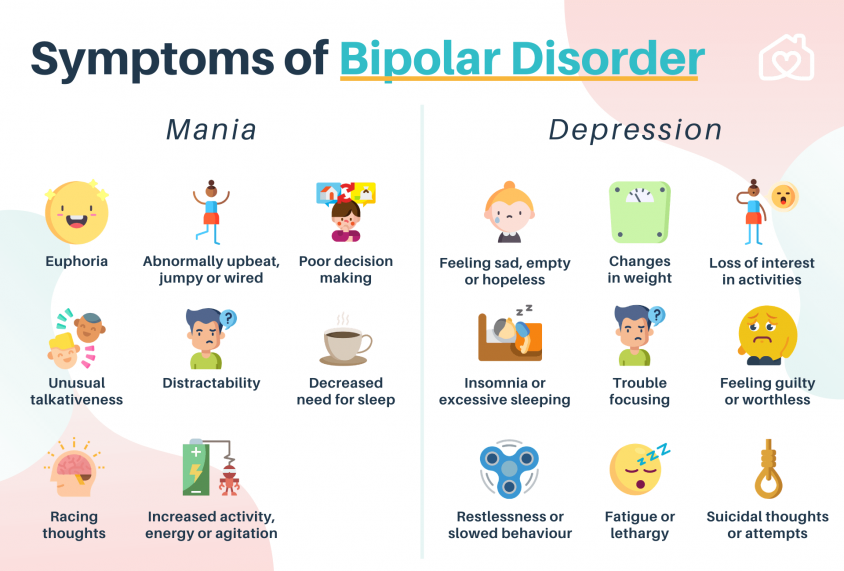
Mental Health 101: All You Need To Know | Homage
Enhanced Sensitivity to the Euphoric Effects of Alcohol in Schizophrenia | Neuropsychopharmacology
Market Edges Toward Euphoria, Despite Pandemic's Toll - The New York Times
:max_bytes(150000):strip_icc()/what-does-it-feel-like-to-get-high-on-acid-21886-v1-5c0192cfc9e77c00017275e7.png) Understanding the Acid Trip Experience
Understanding the Acid Trip Experience:max_bytes(150000):strip_icc()/what-heroin-effects-feel-like-22047-5bbcd1b1c9e77c00517c2505.png)
:max_bytes(150000):strip_icc()/cocaine-high-012-5a59243f7bb28300378bc666.jpg)































Posting Komentar untuk "which of the following would be experienced during a euphoric high?"